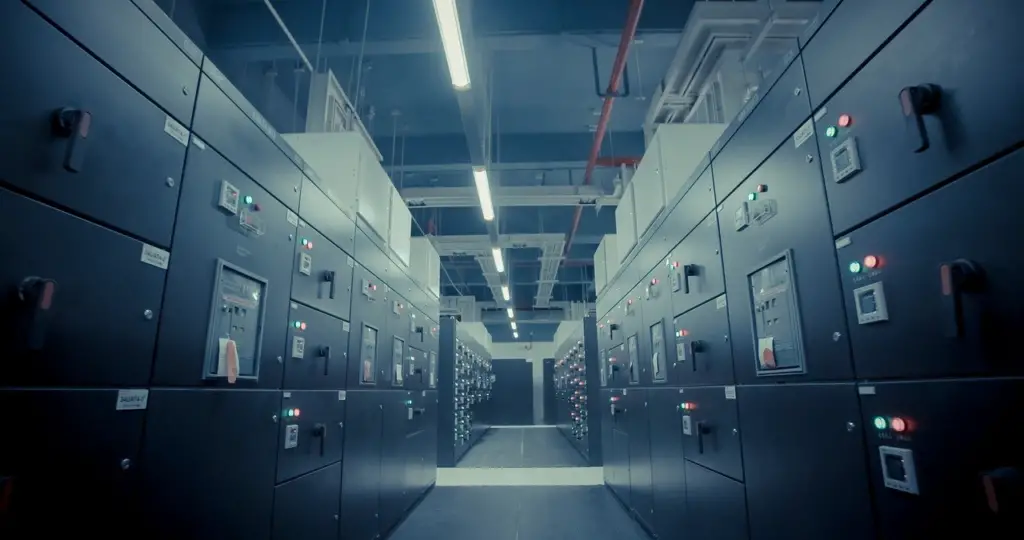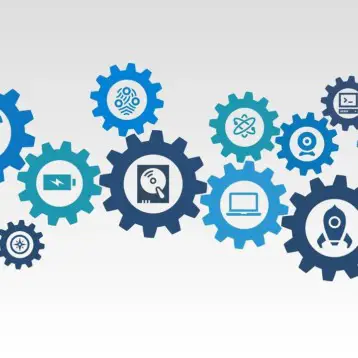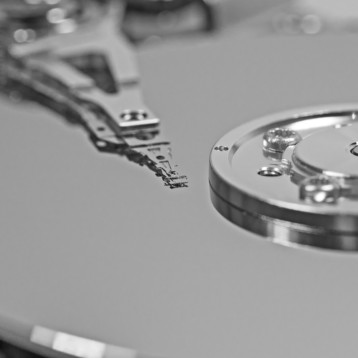
Over the years, the role of IT in running businesses from different industries has increased significantly. The IT infrastructure is expected to serve the role of strategic partner for innovation while keeping your business fully-functional at reduced operating costs.
At the center of the IT infrastructure of any enterprise is its data center. Enterprise data centers must evolve to support the growing agility and rapid innovation in business.
In light of powerful data center technologies that exist today, companies have a golden opportunity to leverage this for rapid service delivery. The efficiency of an enterprise data center has much wider implications than just supporting your revenue streams.
According to a study by the Natural Resources Defense Council, three million data centers across the US consume enough electricity to power the households in New York City for a full two years. Imagine the energy costs that the average business with a data center is bearing!
While energy costs are indirect expenses that leak profits, there are other expenses that make data centers a cost center as well as a drain on your organizational resources. So, how would you, as a CTO, know that it is time for a data center upgrade? And more importantly, how to go about data center upgrades?
Does Your Organization Need a Data Center Upgrade?
After a certain point, any IT infrastructure screams for an upgrade. It could be anything from server crashes to storage fails, from network latency to security vulnerabilities!
A study found out that the average cost of data center downtime has increased by 38% to $740,357. This is huge – it becomes critical for CTOs to address these risks and take immediate actions for data center infrastructure management, upgradation and optimization.
Here are the top telltale signs that you need to modernize your data center:
#1 You are running out of space
Irrespective of the industry, it’s inevitable for every enterprise to expand. If your business is growing fast, you might soon notice that you are running short on physical space – both for equipment and staff.
A growing business with more users and staff needs more applications and transactions. This means increased service deliverability and additional hardware and servers and other devices for supporting operations. More servers mean you’ll have to install more cooling systems to keep up with the heat generated.
This only fuels the need for still more floor (and ceiling) space to accommodate new data center equipment, including UPS, air conditioners, HVAC systems, cabling, etc.
#2 You are prone to security threats
Malware and DDOS attacks have become more sophisticated and advanced over the past few years. It has become harder and harder for businesses to prepare against these attacks.
Security is one of the primary reasons enterprises choose to have a data center or a private cloud in the first place. As such, when there are problems such as unauthorized access, viruses or worms, buffer overflows, session hijacking, or SQL injection, you know your data center is giving way.
While there can’t be a 100% guarantee that your data center still can’t be breached after an upgrade, the use of resilient code in the latest platforms and technologies such as blended ISP connections can go further in protecting your business-critical data and applications.
#3 You are struggling to meet compliance standards
There are many ways of scaling your business operations. Most of them fall into one of two categories: efficient and inefficient. If you plan your IT infrastructure around data regulations, transactional assurance, and customer growth targets, chances are you won’t have any problems meeting regulatory standards in your industry.
Many industries need to adhere to stringent compliance standards. A few examples are PCI for credit card payment processing and HIPAA for healthcare and medicine, and Sarbanes Oxley for financial reporting and accounting. However, if you are struggling to keep up with the latest data processing regulations for your niche, one reason could be that you’ve implemented tech and processes that are just enough to meet the bare minimum requirements – both for your workloads as well as industry standards.
If your data center infrastructure isn’t built to accommodate compliance standards from the ground-up, it can be very overwhelming to try to meet with them afterward.
3 Steps to a Successful Enterprise Data Center Upgrade
According to the NRDC study referred to earlier, the average server operates at only 12 to 18% of its capacity. And yet, somehow, the one handling your workload appears to be woefully slow!
If you’re looking to replace your traditional data center with hyperconverged infrastructure or a hybrid, multicloud environment, here is a four-step process that will help you put things in perspective:
#1 Assess
According to the Natural Resources Defense Council, smaller closets and server rooms account for half of the total energy consumption by data centers. In a nutshell, the reason behind this is a lack of awareness or willingness to operate efficiently.
As such, before you move forward with your data center modernization project, it is important for you to assess your current infrastructure. Prepare a list of shortcomings and a list of potential solutions to them.
Every data center problem can be attacked with an array of solutions from multiple vendors. It is up to the CIO or CTO to determine which one to pursue for the maximum utilization of resources, minimum disruption to operations, and fulfillment of business goals.
#2 Establish the business case
Once you have the list of potential solutions ready, it’s time to choose the best ones for your business after weighing in the cost and benefits of each solution.
This will not only help you select the best course to move forward but also help you to secure the necessary funding for it. When establishing the business case for your enterprise data center upgrade, cost and complexity are probably the most important considerations.
Traditional infrastructure tends to have a high Total Cost of Ownership (TCO) due to software licenses, power consumption, and software and hardware patches. Again, there are multiple vendors to manage disparate systems, driving maintenance costs through the roof.
Then there is complexity. Legacy infrastructure keeps growing in complexity with the addition of servers, racks, cables, switches, and other hardware. Add to that the cost of software-driven unification and control platforms. An upgrade to hyperconverged infrastructure with hybrid cloud architecture can simplify operations with ‘single pane of glass’ management.
#3 Adopt next-gen technology
The central premise of any data center upgrade is to get better-performing hardware and software platforms for your workloads at lower cost, while reducing complexities and maintaining efficiencies. A full-featured data center needs to have intelligent tools for workflow automation and empower admins to manage all platforms with the minimal number of interfaces. This enables business continuity and speeds up innovation across the organization.
Data center upgradation needs to be an ongoing process that enables you to deploy and switch between on-premises systems as well as public, private and hybrid clouds, according to the demand of your mission-critical applications.
Over to You
A data center that facilitates agile business practices is a catalyst for innovation. Over the medium-term, there are immense operational benefits and cost savings. In addition, better workplace mobility, higher availability, transactional scalability, and transparent security translates to increased employee productivity day in and day out.
I’ll leave you with a quote from Phil Dawson, VP of Research at Gartner: “In many cases, IT leaders can simplify their infrastructure without significant additional investment. This creates a stronger platform to move forward and position IT at the heart of business growth.”










